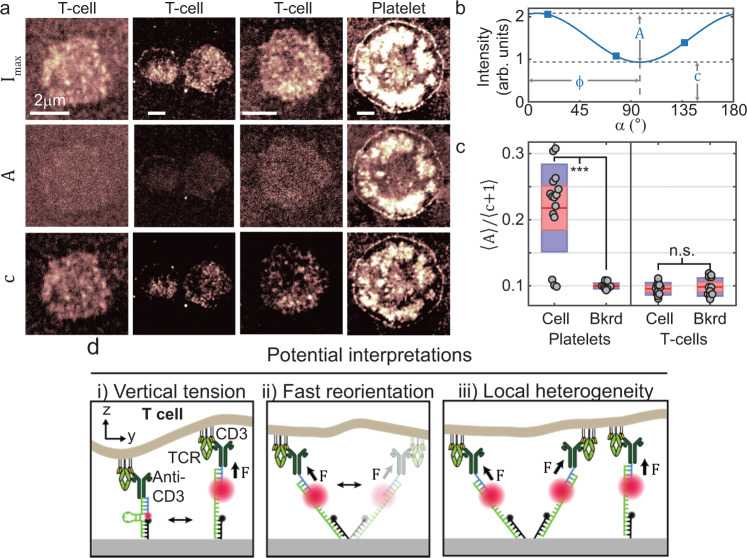Fig. 6. Analysis of T-cell receptor tension reveals no polarization-dependence.
a Three example T cells and one platelet are shown in three panels each. The top row shows , the second row shows the polarization-dependent component of the fit sinusoid, , and the third row shows the polarization-independent component of the fit sinusoid, . While platelets display substantial polarization-dependence (high ), T cells exhibit almost no polarization-dependence (low ). b A fit sinusoid is shown with and depicted (adapted from Fig. 1c). c A boxplot-based quantification of the polarization response, (the averaged polarization-dependent component divided by the average polarization-independent component of the fit sinusoids) of n = 25 T cells and n = 17 platelets, both under the cell and in the surrounding background close to the cell. A more detailed description of this analysis can be found in Supplementary note 3. Solid red line indicates mean, dashed red line indicates median, red boxes show the standard error of the mean, and blue boxes show 95% confidence interval of the mean. Gray circles indicate individual datapoints. While platelets exhibit a much higher polarization response than the background signal (*** denotes , Wilcoxon two-sided rank-sum test), T cells do not (n.s. denotes ). The images shown here were collected during a single experiment, but unpublished experiments with T cells were previously repeated three times (using a previous iteration of MFM16) with similar results. d Three potential causes of the lack of polarization response in T cells. TCR forces may be some combination of (i) vertical to the glass surface, (ii) highly dynamic such that the orientation of each open tension probe is randomized during the ~100 ms exposure time of each image, and (iii) locally heterogeneous such that neighboring probes obfuscate each others’ polarization responses. All three of these scenarios can result in the lack of polarization response observed.

